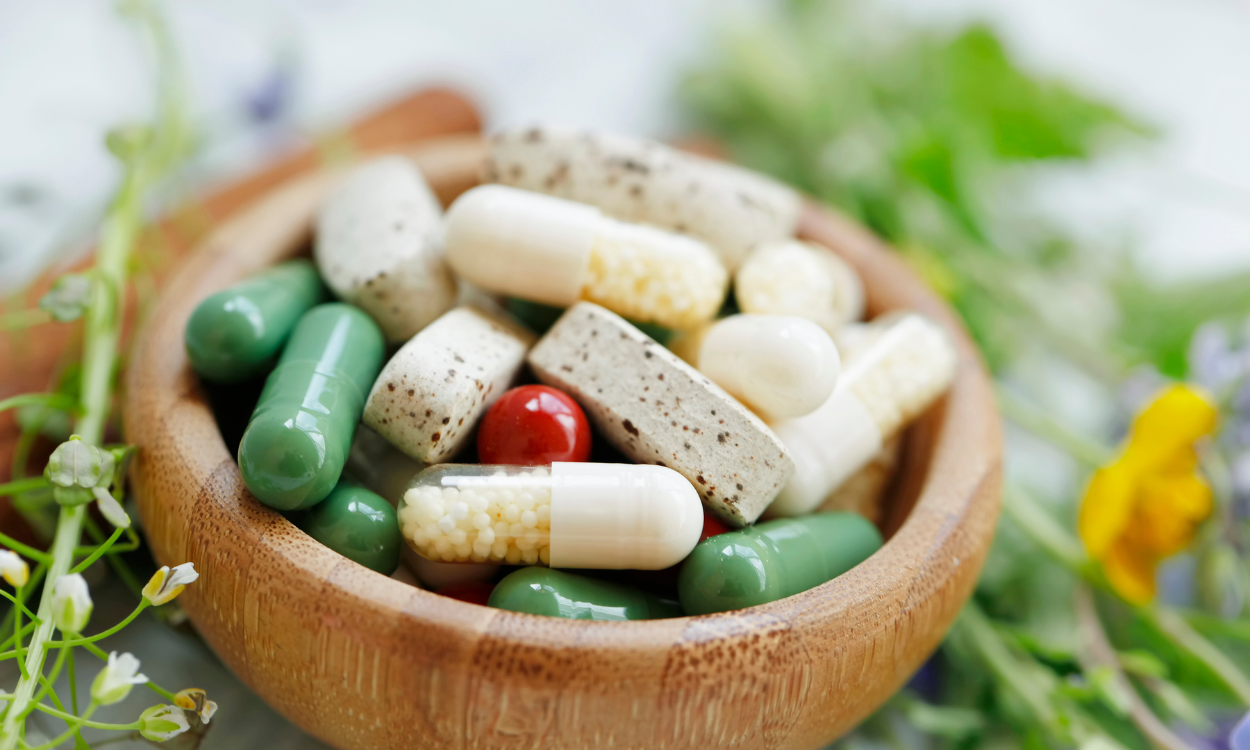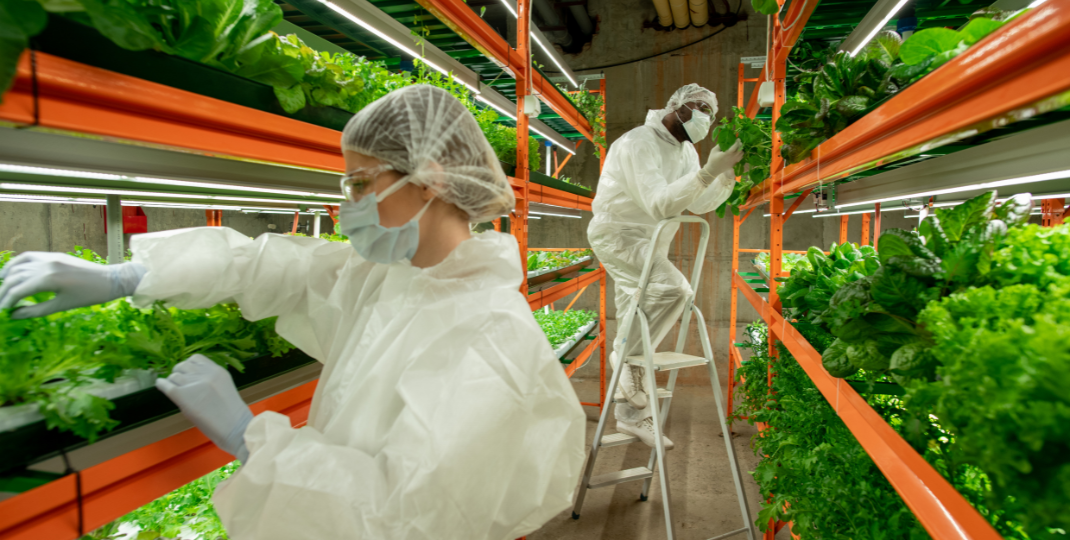Single cell protein (SCP) refers to the utilization of microorganisms, such as bacteria, yeast, or algae, as a source of protein for various applications. SCP has gained significant attention in recent years due to its potential to address the growing demand for sustainable and nutritious food sources. These microorganisms are capable of rapidly multiplying and converting inexpensive raw materials, including agricultural waste or industrial byproducts, into high-quality protein. Moreover, SCP production can be carried out in controlled environments, such as bioreactors, making it independent of weather conditions and land availability. With its ability to provide a viable alternative to traditional protein sources, SCP holds promise in addressing global food security challenges while minimizing environmental impact.

Potential Health Risks Associated with Consuming Single Cell Protein
Consuming single cell protein (SCP) can potentially pose some health risks. One of the main concerns is the presence of contaminants or toxins in SCP, which can be harmful if ingested. Additionally, the production process of SCP may involve the use of chemicals or genetic modification, which could have unknown consequences on human health. Furthermore, individual reactions or allergies to specific types of SCP cannot be ruled out, which may lead to adverse health effects. Therefore, it is important to ensure thorough testing and regulation to mitigate these potential risks before incorporating SCP into our diet.

What is the environmental impact of large-scale production of single cell protein?
## How can single cell protein be effectively incorporated into the diets of different populations?
Are there any ethical concerns surrounding the use of single cell protein?
Single cell protein (SCP) can be effectively incorporated into the diets of different populations by addressing three key aspects: production, processing, and acceptability. Firstly, SCP can be produced using various microorganisms like bacteria, yeast, or algae, which can be cultivated on a large scale in bioreactors. This ensures a consistent and sufficient supply of SCP. Secondly, the processed SCP can be incorporated into various food products such as bread, pasta, or meat substitutes to make it more appealing and familiar to different populations. Additionally, efforts should be made to enhance the taste, texture, and nutritional profile of SCP-based products to increase their acceptability among consumers. By focusing on these aspects, SCP can be effectively integrated into diverse diets, providing a sustainable and nutritious source of protein for different populations.
Can single cell protein be used as a sustainable alternative to traditional protein sources?
The large-scale production of single cell protein (SCP) can have both positive and negative environmental impacts. On the positive side, SCP production has the potential to reduce resource consumption and pressure on land and water resources compared to traditional livestock farming. SCP can be produced using non-arable land, wastewater, or agricultural by-products, minimizing the need for additional land and freshwater resources. Moreover, it can help address the issue of food security by providing an alternative protein source. However, the production process itself may require energy-intensive fermentation and processing methods, which could contribute to greenhouse gas emissions and other forms of pollution if not managed properly. Additionally, the use of genetically modified organisms in SCP production raises concerns about unintended consequences on biodiversity and ecosystem health. Therefore, careful consideration and sustainable practices are necessary to mitigate any potential negative environmental impacts associated with large-scale SCP production.
What are the economic implications of widespread adoption of single cell protein as a food source?

There are several ethical concerns surrounding the use of single cell protein (SCP). One major concern is related to the source of the cells used for SCP production. If the cells are derived from genetically modified organisms (GMOs), there may be concerns about potential environmental and health risks associated with GMOs. Additionally, if the cells are sourced from animal tissues, there may be ethical concerns regarding animal welfare and the use of animals for human consumption. Moreover, there may be concerns regarding the potential displacement of traditional food sources and the impact on local economies in regions heavily dependent on agriculture. It is important to address these ethical concerns and ensure responsible and sustainable practices in the production and use of SCP.

How does the taste and texture of single cell protein compare to conventional protein sources?
Single cell protein (SCP) can indeed be used as a sustainable alternative to traditional protein sources. SCP is produced by cultivating and harvesting single-celled microorganisms, such as bacteria or yeast, which are rich in protein content. This method requires fewer resources compared to traditional protein sources like livestock farming or fishery, reducing land, water, and energy requirements. SCP production can be done in a controlled environment, allowing for year-round production without being reliant on seasonal conditions. Additionally, SCP has a high protein efficiency and can be tailored to meet specific nutritional needs. Therefore, incorporating SCP into the food system has the potential to alleviate pressure on natural resources while providing a sustainable protein alternative.
What are the regulatory challenges in approving use of single cell protein and marketing single cell protein products?
The widespread adoption of single cell protein (SCP) as a food source would have significant economic implications. Firstly, it could reduce the demand for traditional animal-based proteins, such as meat and dairy products, leading to potential disruptions in the livestock industry. This could impact farmers, meat processors, and related industries. Additionally, the production of SCP on a large scale would require significant investment in research and development, infrastructure, and production facilities. This could create new job opportunities and drive economic growth in sectors related to SCP production. However, the increased availability and lower cost of SCP could also lead to price fluctuations in the food market, potentially affecting the profitability of traditional protein sources and impacting global food security. Overall, while the widespread adoption of SCP holds promise in addressing food scarcity and sustainability challenges, careful consideration of its economic implications is necessary.

The Effective Use of Single Cell Protein in Various Industries

Single cell protein, also known as microbial protein, is a protein source derived from microorganisms such as bacteria, yeast, or fungi. In terms of taste and texture, single cell protein can vary depending on the specific microorganism used and the processing methods employed. Generally, it has a neutral or mild taste and a texture that can range from powdery to granular or even resemble meat-like fibers. However, compared to conventional protein sources like meat, poultry, or legumes, single cell protein may be considered less flavorful and have a slightly different mouthfeel. Nonetheless, advancements in technology and fermentation techniques are constantly improving the taste and texture of single cell protein, making it more comparable to traditional protein sources.
The Benefits of Consuming Enough Mycoprotein for a Balanced Diet
The regulatory challenges in approving and marketing single cell protein products mainly revolve around ensuring their safety, establishing appropriate labeling and quality standards, and defining their regulatory classification. Since single cell protein is derived from microorganisms, there may be concerns regarding potential microbial contaminants or allergenicity. Therefore, comprehensive safety assessments and risk evaluations need to be conducted. Additionally, establishing consistent quality standards and labeling requirements specific to these novel food ingredients can be challenging. Defining the regulatory classification of single cell protein products within existing frameworks may also pose difficulties as they may not fit neatly into traditional categories. Collaborative efforts between industry stakeholders, regulators, and scientific experts are essential for addressing these challenges and developing a clear regulatory pathway for single cell protein products.

In conclusion, the use of single cell protein presents a highly promising and sustainable solution to address various global challenges. Its production from microorganisms provides a cost-effective and efficient method to meet the growing demand for protein-rich food sources, while reducing strain on traditional agriculture and livestock farming. Additionally, single cell protein offers a viable alternative to conventional protein sources, particularly for populations facing food insecurity or limited access to animal-based proteins. Furthermore, its potential applications in animal feed, aquaculture, and even pharmaceutical industries highlight its versatility and vast potential. With ongoing advancements in technology and research, the utilization of single cell protein holds great promise for creating a more resilient and sustainable future for food production.